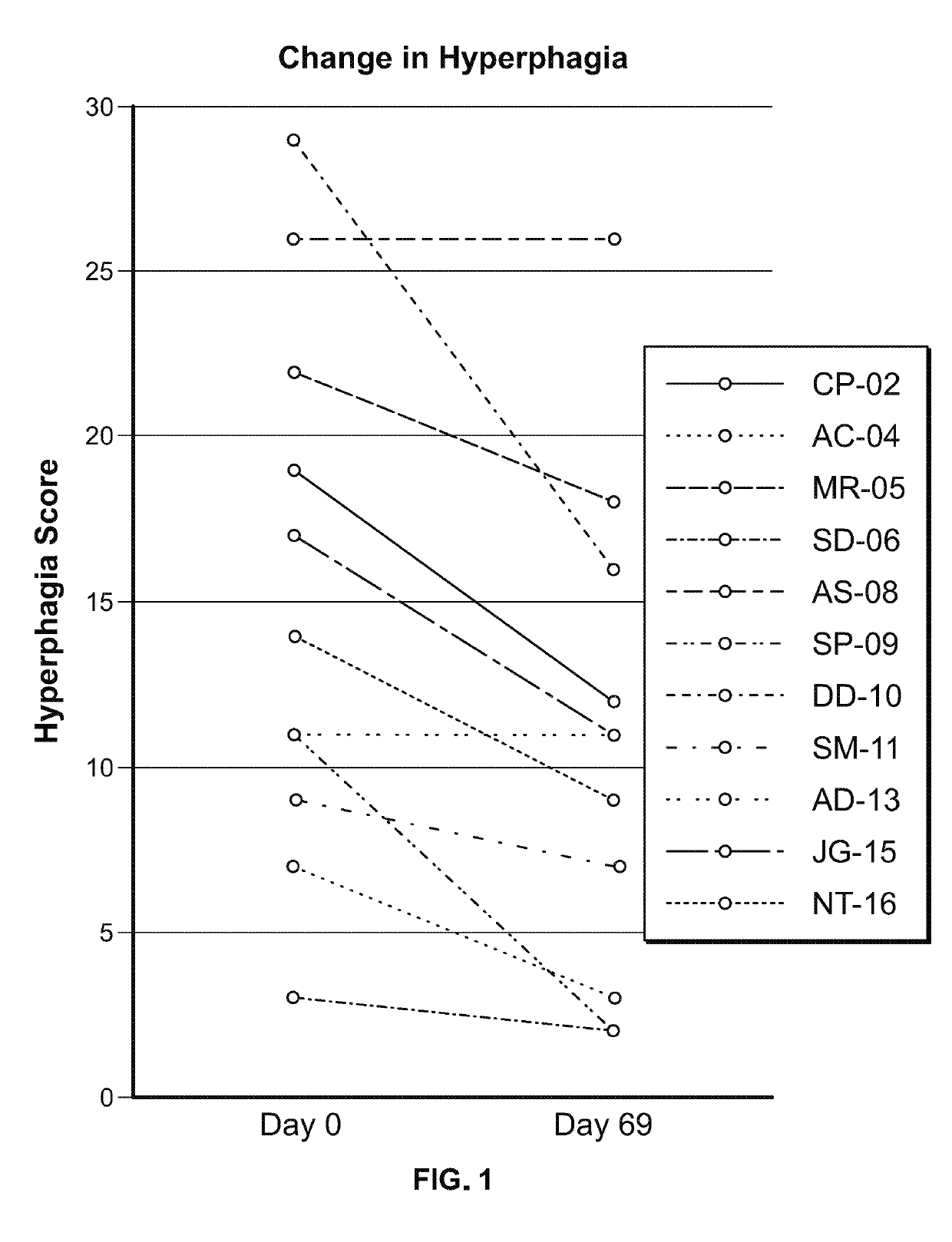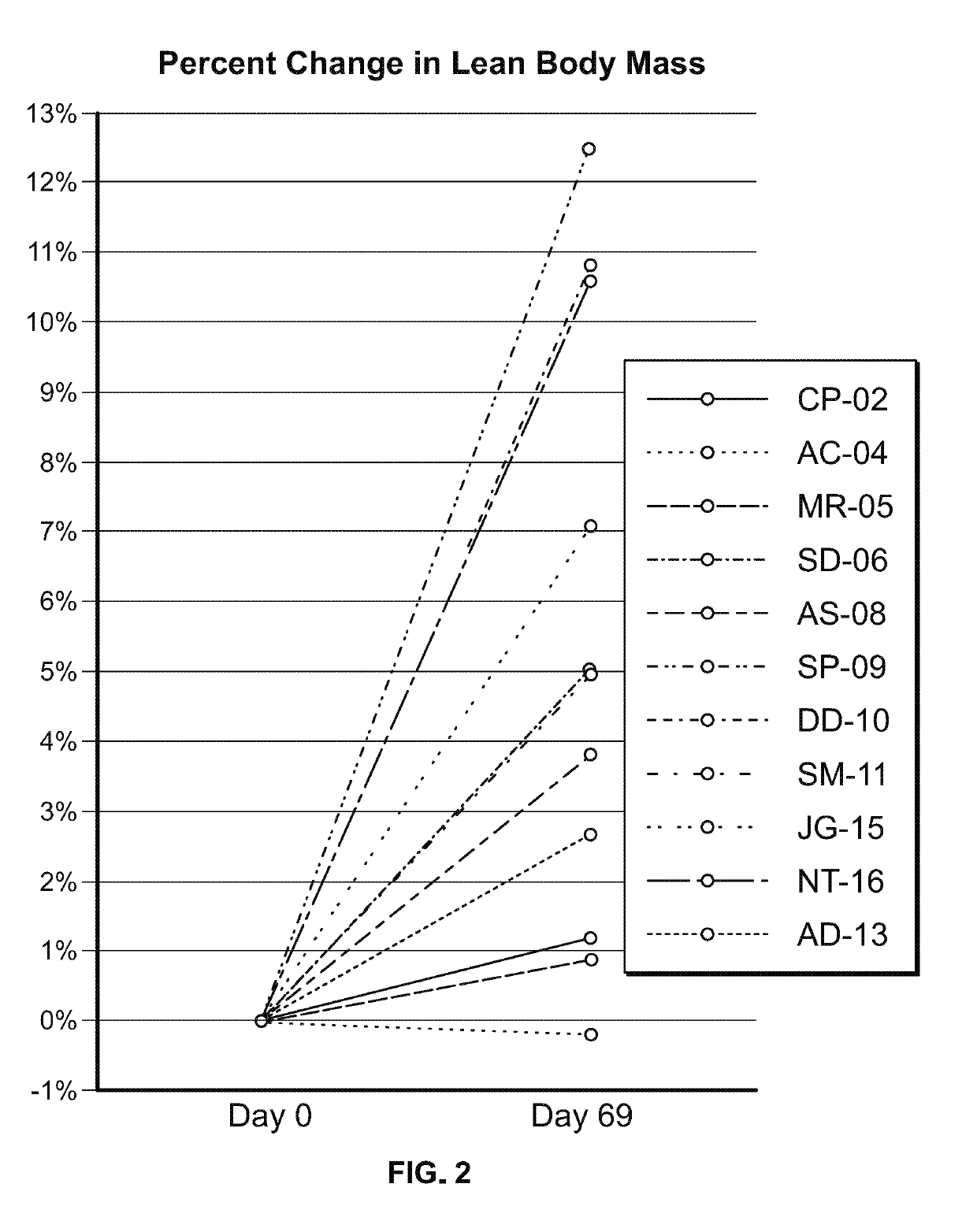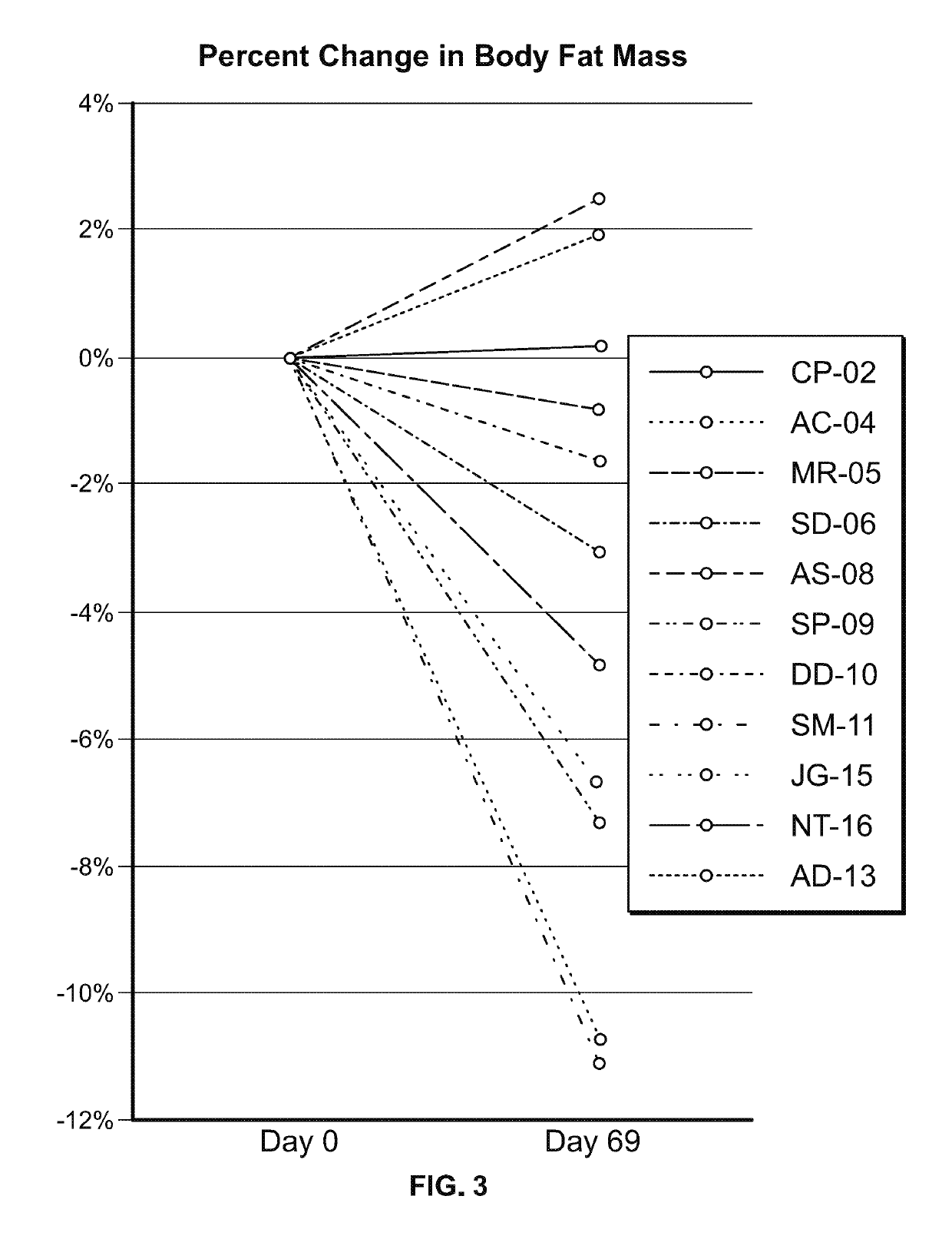Methods for treating subjects with prader-willi syndrome or smith-magenis syndrome
a technology of prader-willi syndrome and smith-magenis syndrome, which is applied in the direction of metabolism disorders, drug compositions, peptide/protein ingredients, etc., can solve the problems of reduced sodium excretion rate, range of adverse side effects, nausea, diarrhea, etc., and achieve the effect of easing the symptoms of the syndrom
- Summary
- Abstract
- Description
- Claims
- Application Information
AI Technical Summary
Benefits of technology
Problems solved by technology
Method used
Image
Examples
example 1
ATP Channel Activator Containing Formulations
[0432]1. Compressed Tablet Formulations
[0433]Diazoxide or a derivative thereof at about 15-30% by weight is mixed with hydroxypropyl methylcellulose at about 55-80% by weight, ethylcellulose at about 3-10 wt / vol % and magnesium stearate (as lubricant) and talc (as glidant) each at less than 3% by weight. The mixture is used to produce a compressed tablet as described in Reddy et al., AAPS Pharm Sci Tech 4(4):1-9 (2003). The tablet may be coated with a thin film as discussed below for microparticles.
[0434]A tablet containing 100 mg of diazoxide or a derivative thereof will also contain approximately 400 mg of hydroxypropyl cellulose and 10 mg of ethylcellulose. A tablet containing 50 mg of diazoxide or a derivative thereof will also contain approximately 200 mg of hydroxypropyl cellulose and 5 mg of ethylcellulose. A tablet containing 25 mg of diazoxide or a derivative thereof will also contain approximately 100 mg of hydroxypropyl cellulo...
example 2
besity Testing
[0452]1. Obesity Animal Model
[0453]Formulations of diazoxide or derivatives prepared as described herein can be tested for efficacy in an animal model of obesity as described by Surwit et al. (Endocrinology 141:3630-3637 (2000)). Briefly, 4-week-old B6 male mice are housed 5 / cage in a temperature-controlled (22° C.) room with a 12-h light, 12-h dark cycle. The high fat (HF) and low fat (LF) experimental diets contain 58% and 11% of calories from fat, respectively. A group of mice are fed the HF diet for the first 4 weeks of the study; the remaining 15 mice are fed the LF diet. The mice assigned to the LF diet are maintained on this diet throughout the study as a reference group of lean control mice. At week 4, all HF-fed mice a reassigned to 2 groups of mice. The first group remains on the HF diet throughout the study as the obese control group. The remaining 3 groups of mice are fed the HF diet and administered the controlled release formulation of diazoxide or deriva...
example 3
Study in Obese Pediatric and Adult PWS Patients
[0472]A single-center, open-label, single-arm clinical study (PC025) with a double-blind, placebo-controlled, randomized withdrawal extension has been carried out. Patients were initiated on a DCCR dose of about 1.5 mg / kg (maximum starting dose of 145 mg) and were titrated every 14 days to about 2.4 mg / kg, 3.3 mg / kg, and 4.2 mg / kg (maximum dose of 507.5 mg). These DCCR doses are equivalent to diazoxide doses of 1.03, 1.66, 2.28, and 2.9 mg / kg, respectively. Patients were up-titrated at each visit at the discretion of the investigator. Any patient who showed an increase in resting energy expenditure and / or a reduction in hyperphagia from Baseline through Day 27 or Day 55 was designated a Responder and eligible to be randomized in the double-blind phase. Everyone who completed the open-label phase was a Responder and was randomized in and completed the double-blind phase. During the double-blind, placebo-controlled, randomized withdrawal ...
PUM
 Login to View More
Login to View More Abstract
Description
Claims
Application Information
 Login to View More
Login to View More - R&D
- Intellectual Property
- Life Sciences
- Materials
- Tech Scout
- Unparalleled Data Quality
- Higher Quality Content
- 60% Fewer Hallucinations
Browse by: Latest US Patents, China's latest patents, Technical Efficacy Thesaurus, Application Domain, Technology Topic, Popular Technical Reports.
© 2025 PatSnap. All rights reserved.Legal|Privacy policy|Modern Slavery Act Transparency Statement|Sitemap|About US| Contact US: help@patsnap.com



